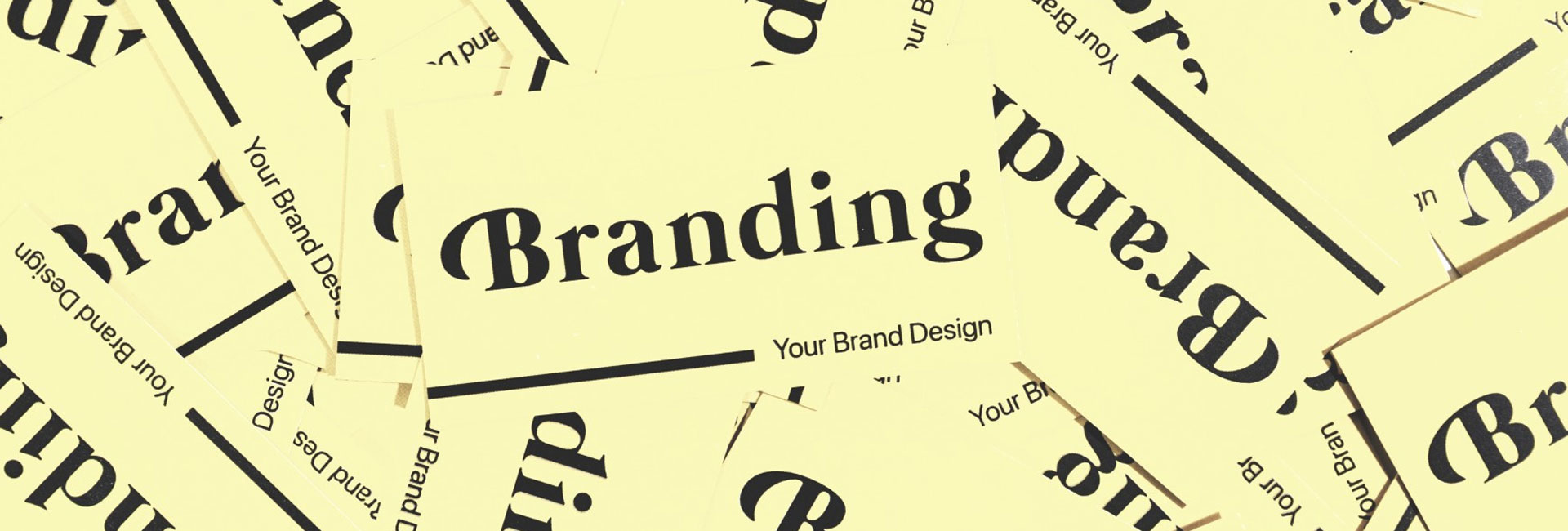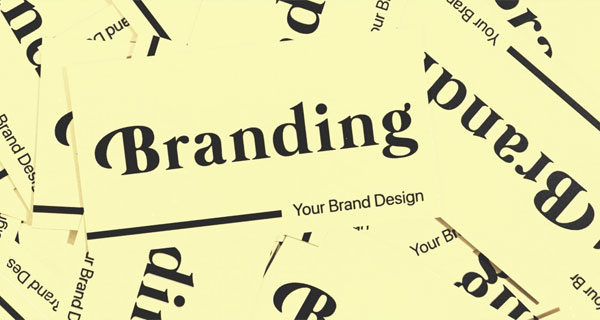
Used under a Creative Commons Licence
Why Creative Businesses need to do their branding homework
Coming up with a new brand name for your creative business is exciting. But as the recent Federal Court case of Firstmac Ltd v Zip Co Ltd [2025] FCAFC 30 shows, skipping the search stage can be costly.
In that case, Zip Co launched “ZIPPAY” and “ZIPMONEY” almost ten years after Firstmac had already registered “ZIP” as a trade mark for financial services. At first, the Court accepted Zip’s argument that it had used its marks honestly alongside Firstmac’s. But on appeal, the judges decided that “ZIP” was the dominant part of the brand, and that ZIPPAY and ZIPMONEY were too close.
The Court also made something else clear: if you push ahead with a brand after being warned of risks—say by IP Australia or your lawyer—you may lose the ability to rely on “honest concurrent use” as a defence. In other words, you can’t call your conduct “honest” if you ignore red flags.
For creatives, the message is simple: a trade mark search isn’t just a formality. It’s your brand’s insurance policy.
Why This Matters for Creative Businesses
Whether you’re a designer, artist, maker, or running a studio, your brand is one of your most valuable assets. Choosing a name without the right checks can lead to:
- legal disputes that drain your energy and funds,
- expensive rebrands just when your audience is starting to recognise your work, and
- loss of goodwill you’ve worked so hard to build.
Skipping a search might feel like a shortcut when you’re full of ideas and ready to go. But as the ZIP case shows, it can cost you much more later—both in money and reputation.
As Benjamin Franklin once said:
“An ounce of prevention is worth a pound of cure.”
In trade mark terms, that ounce of prevention is a proper clearance search.
The process usually covers:
- Official trade mark register searches with IP Australia to spot existing or pending marks that could block you.
- Common law searches, which check business names, websites, and social media—because even unregistered use can still cause problems.
- Company and domain name checks, to flag potential conflicts in the market.
What the Law Says
Under Australian trade mark law, infringement occurs when a later brand is deceptively similar to an earlier one for the same or related goods or services.
There’s a defence called honest concurrent use, but it only works if you genuinely acted carefully and in good faith at the time you adopted the brand. If you had warnings in front of you and chose to press on anyway, the Court will not accept your use as “honest.”
That’s exactly what happened in Firstmac v Zip. Zip kept going despite red flags. The Court said that was not good enough.
Trade Mark Tips for Creatives
- Don’t risk it: Picking a name without checks is a gamble with your business.
- Take advice early: Clearance advice upfront is far cheaper than fighting a dispute later.
- Be strategic: Sometimes the best move is to change direction before you’ve invested too much.
Creative Australian Brand Trade Marks
- SMIGGLE
- GORMAN
- UGG Since 1974
- Katie Perry
- Kuwaii
- Citizen Wolf
- Jac + Jack
How we can help
At DesignWise Legal, we give creative businesses the tools and precedents they need to protect and grow their brands — including trade mark licences, assignments (coming soon), and other practical templates.
DesignWise Legal is powered by Sharon Givoni Consulting, a boutique intellectual property and commercial law firm. Sharon Givoni Consulting advises on all aspects of trade marks — from clearance searches, filing, examiner reports and oppositions, through to licensing, assignments and enforcement.
Together, this means you get the best of both worlds: ready-to-use resources for day-to-day brand protection, and specialist legal advice when you need it most.
Please note the above article is general in nature and does not constitute legal advice.
Please email us info@iplegal.com.au if you need legal advice about your brand or another legal matter in this area generally.

